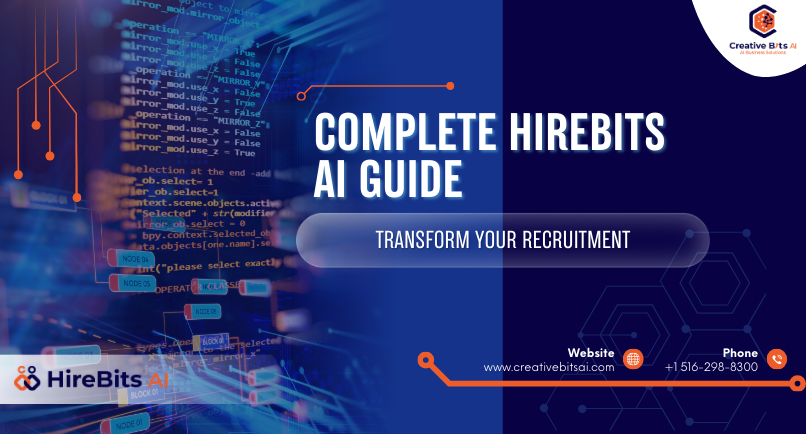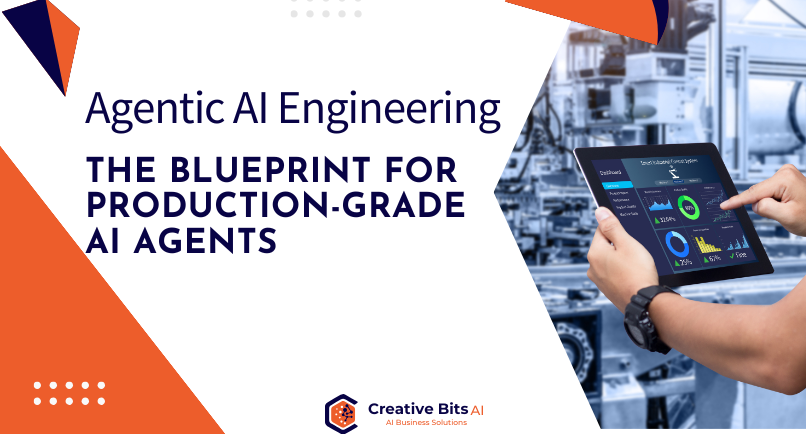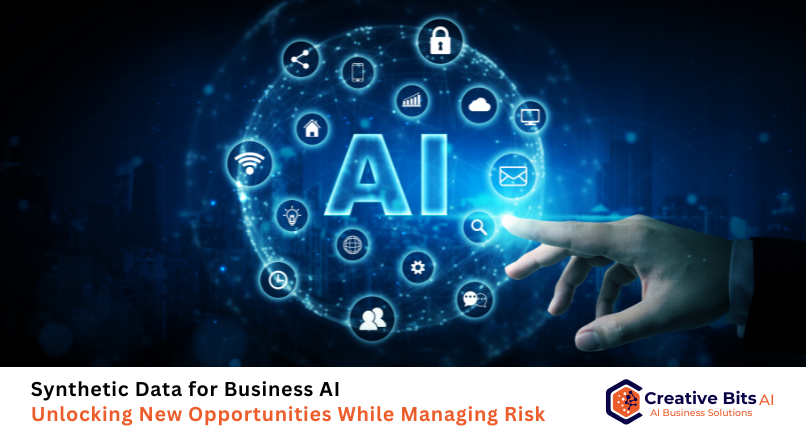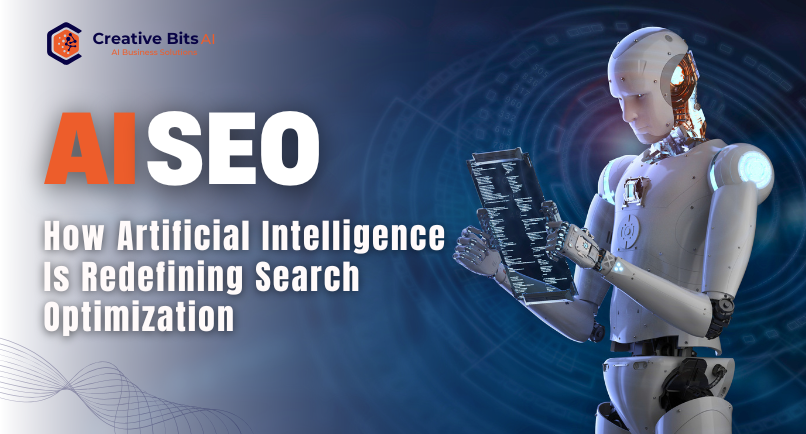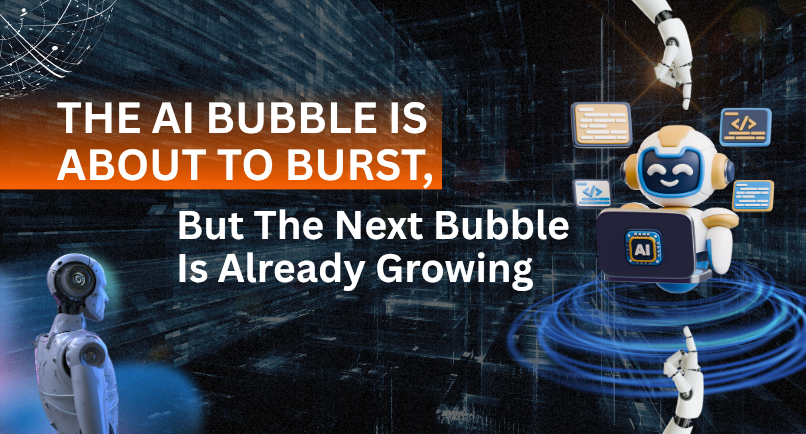Recruiting top talent is harder than ever. Between shrinking candidate pools, rising expectations, and demands for speed and fairness, traditional hiring methods are strained. Many companies spend weeks just screening resumes, only to see mismatches in fit or candidate drop-offs. Enter HireBits AI, a Creative Bits AI recruitment tool designed to supercharge hiring by combining intelligent candidate sourcing, screening, and experience-building with human-centered oversight. This guide shows you how HireBits AI helps hiring teams scale with transparency, speed, and quality-all without sacrificing ethical hiring practices or the human touch.
1. Why AI Is Reshaping Recruitment: Trends, Statistics, and Needs
In 2025, widespread adoption of AI in recruitment is no longer speculative-it’s an operational necessity. According to research by Naveen Kumar, about 87% of companies are now using AI-driven tools in their hiring processes, primarily for candidate sourcing, screening, and nurturing. The global AI recruitment market was valued at USD 661.56 million in 2023 and is projected to grow to around USD 1.12 billion by 2030, with a CAGR of 6.8%. These numbers reflect not just hype, but growing realization that hiring efficiency, candidate quality, and employer competitiveness depend more than ever on smart tooling.
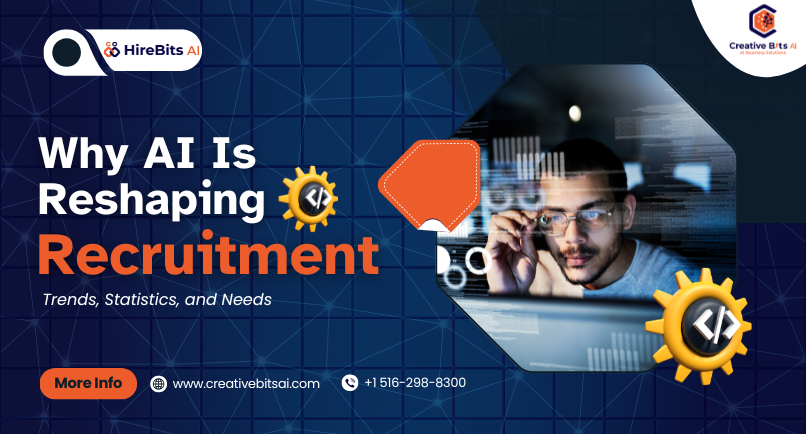
Another survey by Sourav Aggarwal shows that AI can dramatically reduce recruiting costs: in some cases, screening costs drop by up to 75%, and average time-to-hire from ~44 days to just ~11 days, when AI is properly integrated. Still, challenges remain. Employers report that AI may inadvertently overlook unique candidate attributes, especially for those with non-traditional backgrounds or experiences that don’t match standard algorithmic patterns.
Also, candidates increasingly expect clarity about how AI is used in hiring, especially with concerns around bias, privacy, and fairness. These trends point to a delicate balance: organizations must leverage AI to scale and compete, while also preserving fairness, transparency, and the human connection that fosters trust.
2. How HireBits AI Transforms the Recruitment Workflow
HireBits AI integrates multiple stages of the recruitment lifecycle into a unified, AI-powered pipeline. It automates and optimizes key stages like sourcing, screening, interview scheduling, candidate assessment, and feedback loops-while ensuring that recruiters retain oversight and can intervene wherever needed.
Candidate sourcing with HireBits AI uses pattern recognition and predictive matching to identify promising candidates before they apply. Instead of manually searching through job boards, recruiters get curated candidate lists that already align with job requirements. In the screening phase, HireBits AI processes resumes and shortlists candidates, scoring them based on qualifications, experience, and relevant skills-often eliminating hours of manual review. This leads to faster time-to-hire and allows recruiters to focus on higher-value conversations rather than administrative bulk.
Next, interview scheduling and logistics are automated: HireBits AI can coordinate calendars, send out invites, handle rescheduling, and integrate with video tools, reducing delays caused by manual coordination. Assessment and candidate experience are enhanced by smart tools such as chatbots for early queries, warm automated communications, and structured feedback forms. Crucially, HireBits AI emphasizes ethical recruitment by providing audit trails, checkpoints for bias testing, transparency in criteria, and human decision-making nodes, ensuring that final hiring decisions remain human-centric.
3. Best Practices, Ethical Considerations & Implementation Guide
Implementing HireBits AI effectively requires a strategic approach, not just deployment. Ethical considerations are now central to long-term success. Recent research finds that while AI tools can improve efficiency and reduce bias in theory, in practice, there are risks when tools are opaque or criteria are skewed. Josh Taylor recently warned that AI tools in interviews may discriminate against non-native speakers or candidates with certain speech patterns due to biased training data ‒ underscoring the need for careful model selection and monitoring.
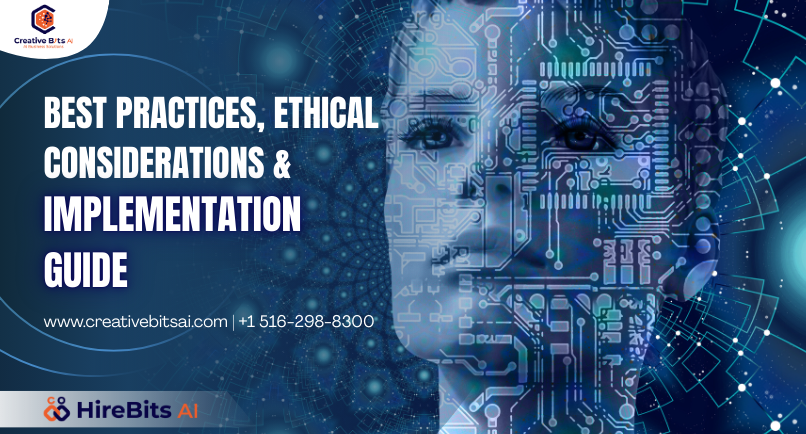
Best practices for recruiting teams using HireBits AI include: defining clear job criteria; regular fairness and bias audits; ensuring AI model explanations are understandable to HR teams; involving diverse voices during implementation; collecting feedback from candidates about their experience; and combining AI insights with human judgment. Also, transparency with candidates matters: letting them know where AI is used, offering opt-outs, and ensuring candidate support throughout improves trust and employer brand.
In terms of implementation, start small with a pilot, perhaps source and screen for one role end-to-end using HireBits AI, and measure outcomes like time-to-hire, candidate satisfaction, and quality of hire. Then iterate. Ensure data protection, permissioned access, and compliance with relevant laws (e.g., in your region). Train hiring teams not just on how to use the platform, but also on when to override, how to interpret AI scores, and how to keep candidate communications human.
HireBits AI offers an opportunity for CB’s clients to reshape recruitment: faster, fairer, and more scalable. By combining AI-powered sourcing, screening, and candidate experience tools with human oversight and ethical guardrails, you can reduce time-to-hire, improve candidate quality, and strengthen your employer brand. But like any tool, its value comes from how it’s used: with transparency, with intention, and with ongoing refinement.
If you’re ready to move beyond recruitment as a cost center and turn it into a competitive advantage, let’s talk. Book your Discovery Call with one of our Creative Bits AI representatives and let us help weave HireBits AI into your hiring DNA.
